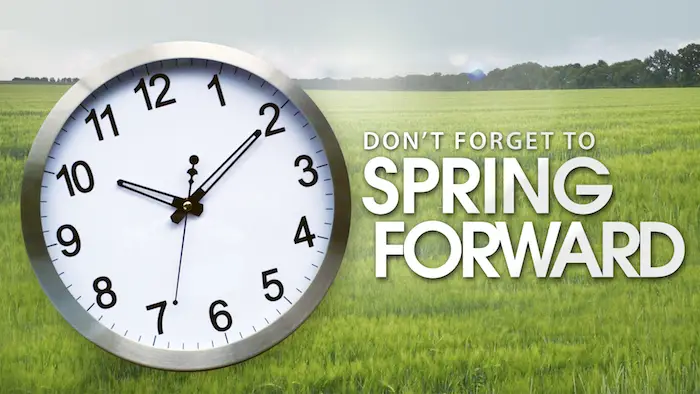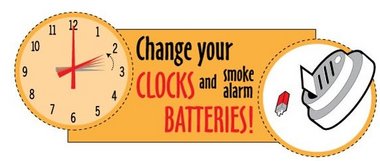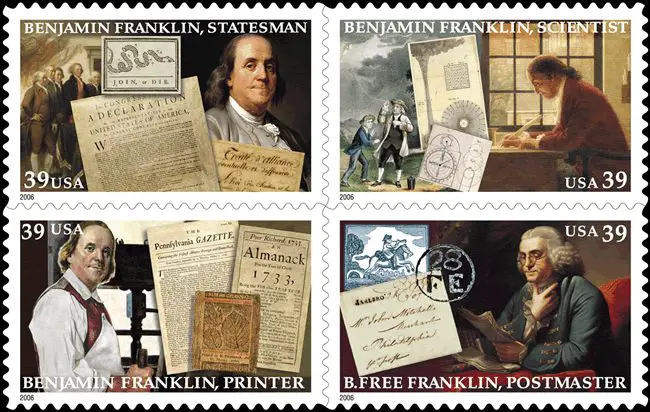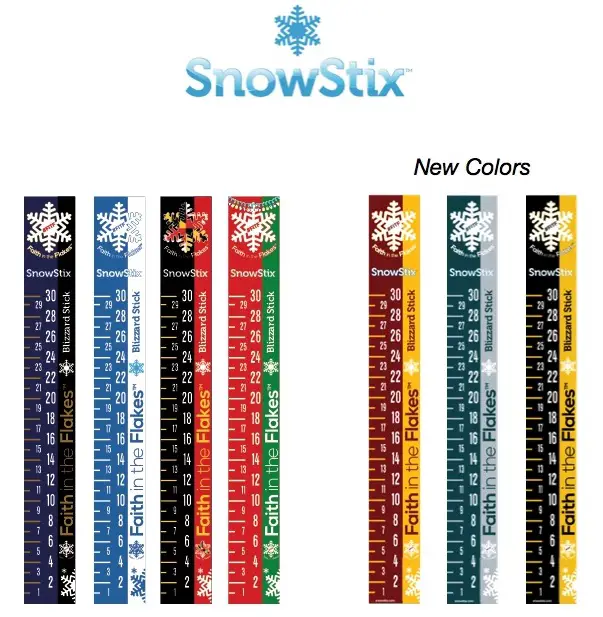
Daylight Saving Time begins on Sunday March 11 2018 as we sprig forward. For the record, it is only one ‘S’ as the other one may be lost with your sleep. Turning the clocks forward one hour in (most of) the United States has a sense of irony now. Standard Time only lasts about four months out of the year. How is 1/3 of the year the standard? There are 48 states that will turn their clocks forward 1 hour, technically at 2 AM on Sunday morning. But, it’s OK to die it before you go to sleep. I won’t tell.
The best advise I can give is to make sure you change the clock in your car. That is the last one to get it. Our phones, computers and cable box have it built in. You will notice your microwave and oven click quickly. But come Monday, the loss of sleep might confuse you when you drive to work… most likely in the dark.
We will lose 1 hour of sleep starting Sunday morning March 11, but will gain more daylight in the evening. The benefit will be noticeable when you get home from work with more time outside to play. But the mornings will be dark again for many at the bus stop and commuting. Sadly, the expectation is for more traffic and possibly more accidents on Monday due to the slow adjustment.
In fact, studies have shown there is a 25% increase in heart attacks, and 17% increase in car accidents on the first Monday of Daylight Saving Time. Below is a history of DTS and two videos that may support why you might want to play (ahem) sick on Monday.
Sunlight Change
Darker in the morning…
Here in Baltimore for example just look at the sunrise times:
- Saturday November 5th (Daylight Saving Time): 6:25 AM
- Sunday November 6th (Standard Time): 7:24 am
On the flip side, this upcoming week will mark sunset AFTER 7 O’clock. I must tell you that I am accepting that it is time to flip the switch of seasons. March 20 is the first day of spring this year and we have something very special to share with you then.
Here in Baltimore for example just look at the sunset times:
- Saturday November 5th (Daylight Saving Time): 6:08 pm
- Sunday November 6th (Standard Time): 7:09 am
Battery Reminder
I would be remiss if I forgot to the reminder to check the batteries in home smoke detectors. Forget checking them. Just change them! Also make sure you change your dashboard clock. Thankfully most of our computers and phones will automatically update, but you could be in for a surprise driving to work Monday, if you don’t adjust ahead of time.

Arizona is the only state that does not observe, but the Navajo Nation does. Below is a history of Daylight Saving Time, with a summary video at the bottom of this post.
History: Inconsistent use in the U.S

During World War I, Germany was first to adopt Daylight Saving Time to conserve fuel and Europe Followed. The US adopted the Standard Time Act in 1918 set to summer time at the end of March. It was not popular and was revoked by congress after the war.
1942– World War II: President Roosevelt instituted ‘War Time’ as a year around standard. This lasted until September 1945.
1945-1966 No federal law on DST, but it was confusing as local cities made their own decision if and when to implement it.
1954: Only California and Nevada had statewide law on Daylight Saving Time.
In the early 1960s, observance of Daylight Saving Time was quite inconsistent, with a hodgepodge of time observances, and no agreement about when to change clocks. The Interstate Commerce Commission, the nation’s timekeeper, was immobilized, and the matter remained deadlocked. Many business interests were supportive of standardization, although it became a bitter fight between the indoor and outdoor theater industries. The farmers, however, were opposed to such uniformity. State and local governments were a mixed bag, depending on local conditions.
Efforts at standardization were encouraged by a transportation industry organization, the Committee for Time Uniformity. They surveyed the entire nation, through questioning telephone operators as to local time observances, and found the situation was quite confusing. Next, the Committee’s goal was a strong supportive story on the front page of the New York Times. Having rallied the general public’s support, the Time Uniformity Committee’s goal was accomplished, but only after discovering and disclosing that on the 35-mile stretch of highway (Route 2) between Moundsville, W.V., and Steubenville, Ohio, every bus driver and his passengers had to endure seven time changes!
The Uniform Time Act
By 1966, some 100 million Americans were observing Daylight Saving Time based on their local laws and customs. Congress decided to step in and end the confusion, and to establish one pattern across the country. The Uniform Time Act of 1966 (15 U.S. Code Section 260a), signed into Public Law 89-387 on April 12, 1966, by President Lyndon Johnson, created Daylight Saving Time to begin on the last Sunday of April and to end on the last Sunday of October. Any State that wanted to be exempt from Daylight Saving Time could do so by passing a state law.
The Uniform Time Act of 1966 established a system of uniform (within each time zone) Daylight Saving Time throughout the U.S. and its possessions, exempting only those states in which the legislatures voted to keep the entire state on standard time.
In 1972, Congress revised the law to provide that, if a state was in two or more time zones, the state could exempt the part of the state that was in one time zone while providing that the part of the state in a different time zone would observe Daylight Saving Time. The Federal law was amended in 1986 to begin Daylight Saving Time on the first Sunday in April.
1973: The Oil Embargo led to a need for energy conservation. A controversial trial period of year long DST January 6, 1974, and ending April 27, 1975. “Those in favor pointed to increased daylight hours in the winter evening: more time for recreation, reduced lighting and heating demands, reduced crime, and reduced automobile accidents. The opposition was concerned about children leaving for school in the dark. The act was amended in October 1974 to return to standard time for the period beginning October 27, 1974, and ending February 23, 1975, when DST resumed. When the trial ended in 1975, the country returned to observing summer DST”
Under legislation enacted in 1986, Daylight Saving Time in the U.S. began at 2:00 a.m. on the first Sunday of April and ended at 2:00 a.m. on the last Sunday of October.
The Energy Policy Act of 2005 extended Daylight Saving Time in the U.S. beginning in 2007, though Congress retained the right to revert to the 1986 law should the change prove unpopular or if energy savings are not significant. Going from 2007 forward, Daylight Saving Time in the U.S.
- Begins at 2:00 a.m. on the second Sunday of March and
- Ends at 2:00 a.m. on the first Sunday of November
In most of the countries of Western Europe, including the countries that are members of the EU, Daylight Saving Time:
- Begins at 1:00 a.m. GMT on the last Sunday of March and
- Ends at 1:00 a.m. GMT on the last Sunday of October
Video
National Geographic – definitely showing the down side of it.
Support For Why This Practice Should End
Please share your thoughts, best weather pics/video, or just keep in touch via social media
-
Facebook: Justin Berk, Meteorologist
-
Twitter: @JustinWeather
-
Instagram: justinweather
Keep In Touch Every Day
Click here to sign up for email alerts…. Just in case you don’t get the post on your social media feed
FITF Items Will Close Next Week For The Season
It’s almost time for spring and a new line of items.
Snowstix- We Need You To Measure Snow Too
We are giving 10% of each sale to programs that benefit pediatric oncology patients.
 Get the award winning Kid Weather App I made with my oldest son and support our love for science, weather, and technology. Our 3 year anniversary of the release and our contribution to STEM education is this November. It has been downloaded in 60 countries, and works in both temperature scales. With your support we can expand on the fun introduction to science and real weather.
Get the award winning Kid Weather App I made with my oldest son and support our love for science, weather, and technology. Our 3 year anniversary of the release and our contribution to STEM education is this November. It has been downloaded in 60 countries, and works in both temperature scales. With your support we can expand on the fun introduction to science and real weather.
Keep In Touch Via Email
Click here to sign up for email alerts…. Just in case you don’t get the post on your social media feed
Also See:
My Winter Outlook 2017-2018 for more snow
La Nina Formed: What it could mean to our winter
NOAA Winter Outlook: Not The Best But Not The Worst For Snow
Two Farmers Almanacs Winter 2018 Outlooks
Winter Weather Folkore: Suggestions from Animals and Crops
First Frost and Freeze Dates For Maryland (southern PA and northern VA)
My Preliminary Winter Outlook Notes
Low Snow Winters In Baltimore: To Repeat Or Not Repeat
NOAA Ranks Blizzard 2016 4th Worst Snowstorm On Record


